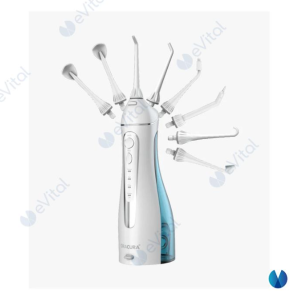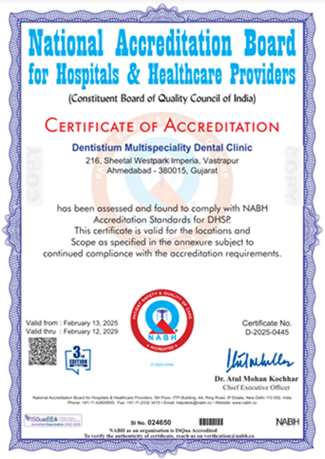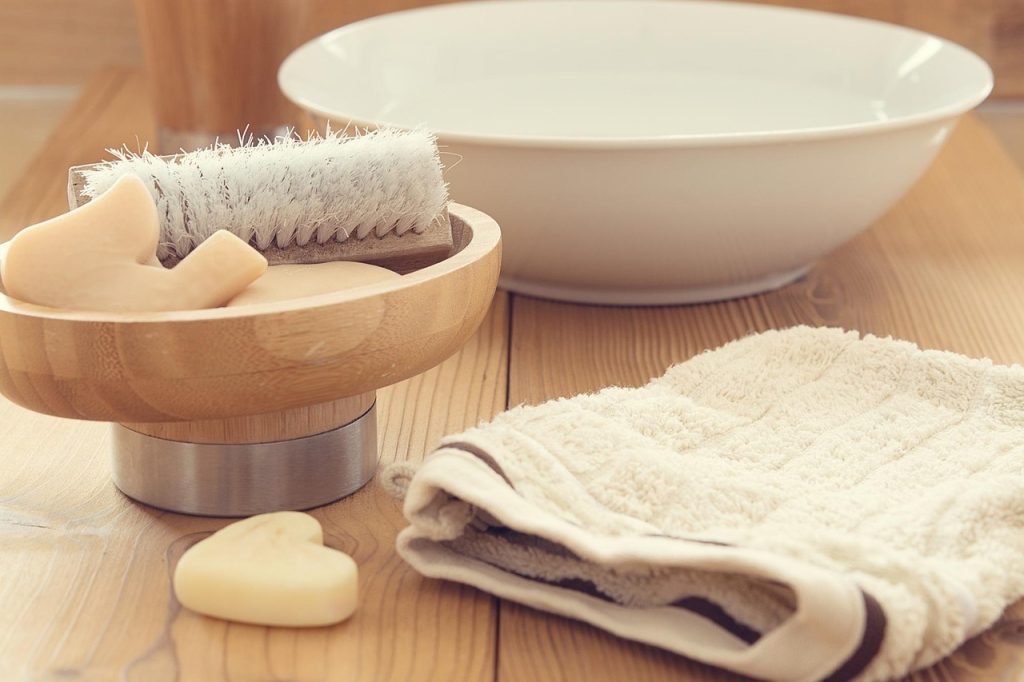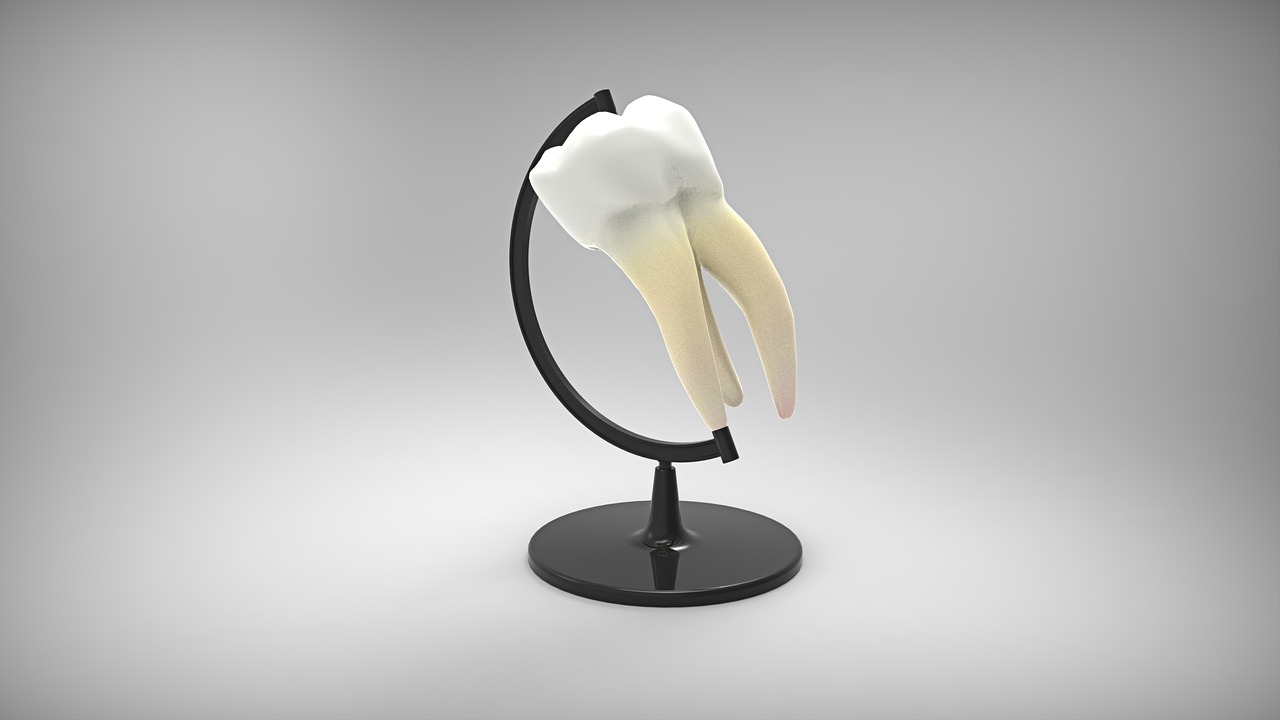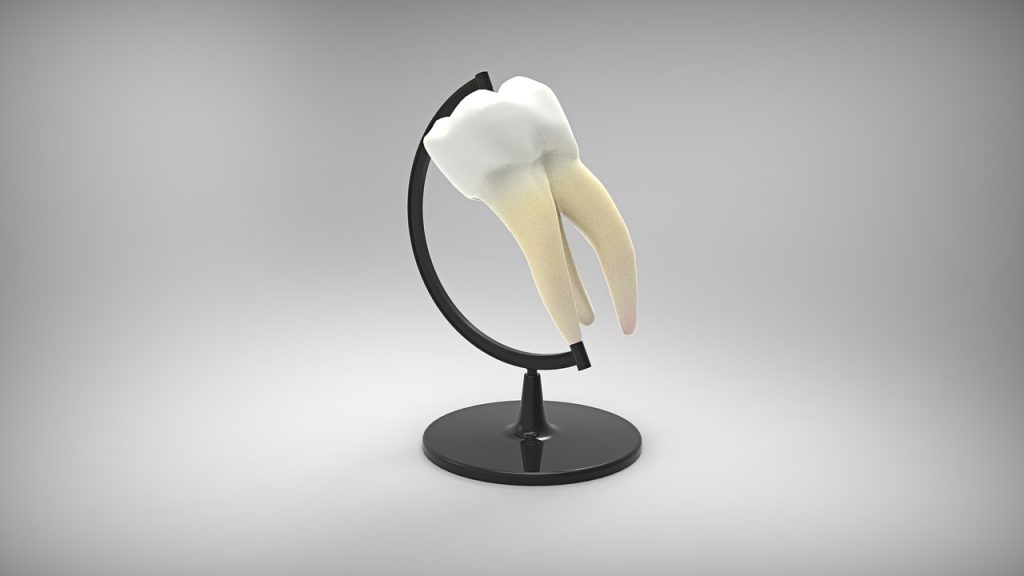Dentistium Team Movie Night: A Cinematic Break with “Housefull 5” at INOX PVR Himalaya Mall!
Dentistium Team Movie Night: A Cinematic Break with "Housefull 5" at INOX PVR!

At Dentistium Clinics, we believe that a happy team builds a happy workplace—and sometimes the best way to recharge, reconnect, and create lasting memories is outside the clinic walls!
On 10th June 2025 (Tuesday), our entire Dentistium family is heading for a much-awaited movie evening at the INOX PVR, Himalaya Mall, Memnagar, Ahmedabad.As our doctors, dental assistants, front desk staff, and support teams gather for a fun-filled break from our daily routines.
Movie of the Day?
It’s none other than the hilarious and entertaining “Housefull 5”—the latest addition to the blockbuster Housefull franchise, promising laughter, crazy twists, and a whole lot of Bollywood fun.
Venue Details:
INOX PVR, 4th Floor, Himalaya Mall Commercial Building, Big Bazaar, Gurukul Road, near Indraprasth Tower, Nilmani Society, Memnagar, Ahmedabad, Gujarat 380052
Why Such Outings Matter at Dentistium Clinics?
At Dentistium, we aren’t just a group of dental professionals—we are a family. These moments outside work foster teamwork, reduce stress, and strengthen the bonds that help us work better together in the clinic. Whether it’s a root canal or a routine check-up, a strong, motivated, and happy team ensures the highest quality care for our patients.
Moreover, laughter is the best medicine—not just for our patients but for us too! Watching a fun movie like “Housefull 5” gives our team a much-deserved chance to relax and rejuvenate.

A Note of Thanks
A big shoutout to our management for making this possible and for always investing in employee well-being—not just professionally but personally. These little gestures make Dentistium Clinics not only a great place for patients but also a wonderful place to work.
Stay tuned as we’ll soon share some behind-the-scenes snaps and fun moments from the event!
Dentistium Clinics: Where Smiles Begin—For Patients and Staff Alike!
#MovieNight #TeamBonding #DentistiumDiaries #Housefull5 #WorkLifeBalance
Notifications
- Celebrating Smiles and Birthdays at Dentistium Dental Clinic!Celebrating Smiles and Birthdays at Dentistium Dental Clinic! . At …
Read More "Celebrating Smiles and Birthdays at Dentistium Dental Clinic!"
- Free Dental Health Awareness & Check-up Camp at Vishwanath Saman, ShelaFree Dental Health Awareness & Check-up Camp at Vishwanath Saman, …
Read More "Free Dental Health Awareness & Check-up Camp at Vishwanath Saman, Shela"
- Empowering Our Team with Life-Saving Emergency Skills: CPR Training at Dentistium Dental ClinicEmpowering Our Team with Life-Saving Emergency Skills: CPR Training at …
Recent Posts
- Dental Implants: Procedure, Purpose & Benefits
 Dental Implants: Procedure, Purpose & Benefits When it comes to …
Dental Implants: Procedure, Purpose & Benefits When it comes to … - The Many Factors Influencing Patient Hygiene Practices
 The Many Factors Influencing Patient Hygiene Practices Maintaining proper hygiene …
The Many Factors Influencing Patient Hygiene Practices Maintaining proper hygiene …Read More "The Many Factors Influencing Patient Hygiene Practices"
- Enhance Your Smile with Dental Crowns: A Complete Guide
 Enhance Your Smile with Dental Crowns: A Complete Guide Your …
Enhance Your Smile with Dental Crowns: A Complete Guide Your …Read More "Enhance Your Smile with Dental Crowns: A Complete Guide"
- September 2025 (3)
- August 2025 (7)
- July 2025 (6)
- June 2025 (5)
- May 2025 (53)
- April 2025 (2)
- March 2025 (3)
- January 2025 (2)
- November 2024 (1)
- April 2024 (1)
36,775 hits
.
Most Searched Pharmacy products on our site
-
-
-
₹1,917.50Rated 0 out of 5
Effective Oral Care: The ORACURA Water Flosser is your go-to...
-
.
.
















